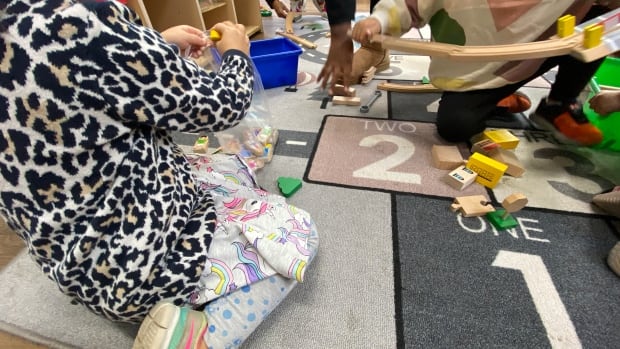The New Democrats are urging the House of Commons to pass legislation that would make it illegal to use physical force to discipline or punish children.
Bill C-273 would eliminate section 43 of the Criminal Code, a provision that allows parents and teachers to use force in limited situations providing it is “reasonable under the circumstances.”
Citing allegations of abuse at Jack Hulland Elementary School in Yukon, NDP House leader Peter Julian said section 43 must be repealed because it permits physical force against children which can manifest as abuse.
“As long as we have a Criminal Code that permits the use of force against children, we will sadly see other examples across the country of the use of force,” said Julian.
Julian said the Supreme Court’s 2004 ruling, which outlined what “reasonable under the circumstances” means in terms of force, has not worked to prevent abuse.
“For as long as there is ambiguity around the use of force against children, regardless of Supreme Court decisions that provide some kind of framework around it, we will continue, sadly, to hear of these incidents and allegations and many of these allegations will be horrific,” he said.
Julian’s Bill C-273 was introduced into the House of Commons in May and is currently in second reading.
Canada’s laws governing the use of force to discipline children are almost as old as the country itself.
Here is a look at where the law stands on the use of force on children and what could happen if section 43 is repealed.
Is it legal to physically punish children in Canada?
Yes. Canada’s first Criminal Code, which came into force in 1892, made it legal to use “lawful correction” or “reasonable chastisement” to discipline children.
The law did change over the years to make it illegal to physically punish apprentices. Today, section 43 sets out broad limits on how force can be used on children. Here’s what it says:
“Every school teacher, parent or person standing in the place of a parent is justified in using force by way of correction toward a pupil or child, as the case may be, who is under his care, if the force does not exceed what is reasonable under the circumstances.”
Is physical punishment constitutional?
In 2004, the Supreme Court issued a split ruling that saw six justices uphold section 43. Their decision concluded that physically punishing children is constitutional, but must be governed by strict rules and only performed by teachers or parents.
The ruling also said that the force used has to be for “corrective purposes” to address a child’s actual behaviour with the intent to restrain, control or express disapproval.
The ruling also said force can only be applied to children over the age of two. The court said children under that age, or developmentally disadvantaged children, would not have the capacity to understand why they were being punished.
The court defined physical force that is “reasonable under the circumstances” as punishment that is not severe enough to harm or degrade the child and is not carried out in anger.
Parents are also not legally allowed to use objects like belts or rulers to hit their children and cannot strike children in the head. They also can’t hit teenagers because of the risk of fostering antisocial behaviour.
The court said teachers cannot hit kids under their care but can use force in some situations — to restrain a child, remove them from a class or separate fighting children.
Have people tried to reform or repeal the law?
There have been many attempts to repeal or change the law over the years. The most recent was a Senate bill in 2015 which would have repealed section 43.
That same year, the government of Prime Minister Justin Trudeau committed to implementing the 94 calls to action in the Truth and Reconciliation Commission of Canada’s final report — one of which was to repeal section 43.
Other attempts have been made over the years through private members bills introduced in the House of Commons or Senate.
The United Nations Committee on the Rights of the Child has also recommended repealing section 43.
Would repealing section 43 have consequences?
Without section 43, parents who use force against a child without their consent would face prosecution under section 265 of the Criminal Code — which prohibits the non-consensual use of force — and section 279, which prohibits forcible confinement.
Some have warned that removing section 43 from the Criminal Code could open parents up to criminal prosecution for strapping an uncooperative child in a car seat or stopping a child from running into traffic.
Without section 43, parents and teachers would still have some legal protections under common law, which offers a defence of physical force in emergency situations.
Those situations include: using force to protect yourself or others from imminent danger, using force because there is no other reasonable legal alternative, and using force in situations where the harm inflicted through physical punishment results in a better outcome than the harm caused by not taking action.


